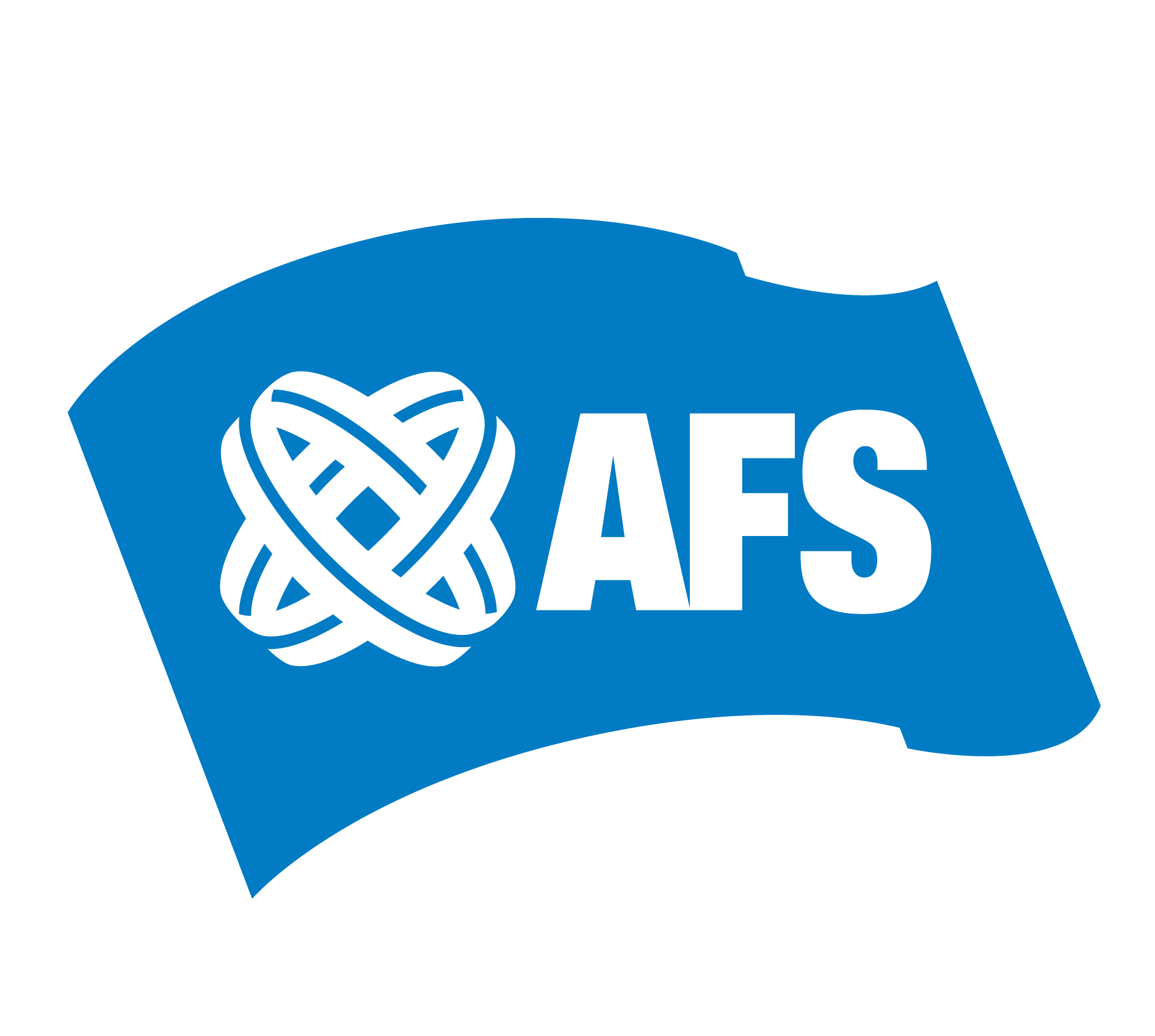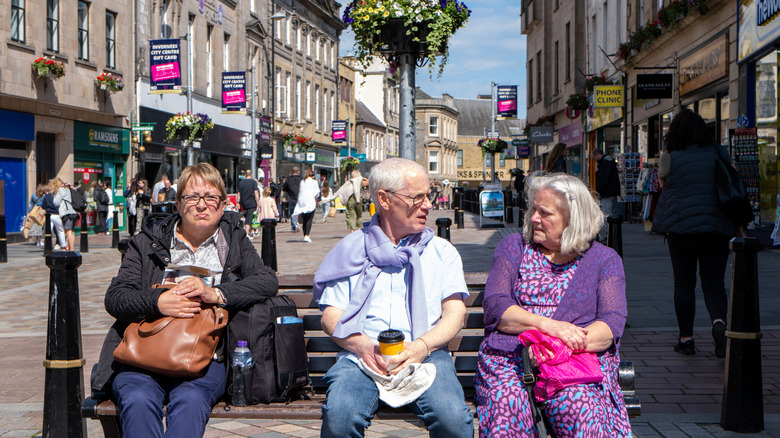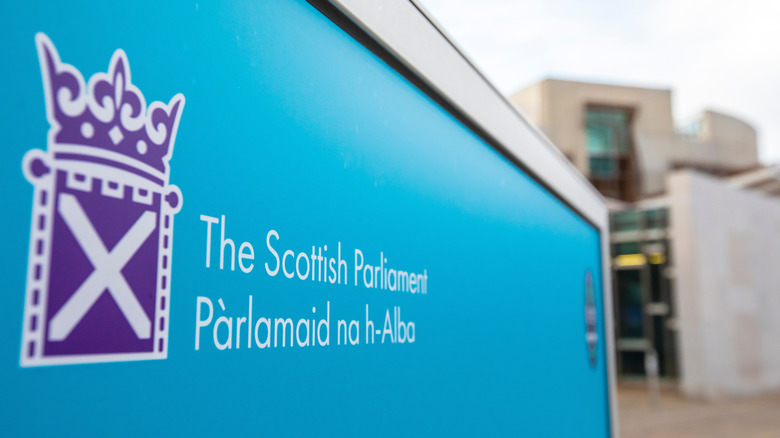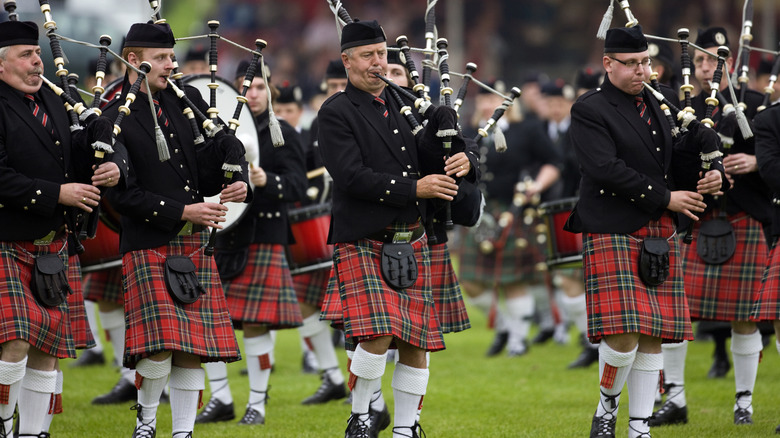Scotland is one of the most beautiful destinations on this planet, filled with stunning natural wonders and must-visit cities for art lovers and history buffs — not to mention whiskey aficionados, according to Rick Steves. A country with an incredibly distinct history and culture, you’ll have to visit Scotland more than once to truly experience its rich heritage. However, eager travelers to this ruggedly stunning country should be careful not to make a potentially offensive mistake. Unknowingly, some visitors may turn an innocent mix-up, one that stems from a major part of Scotland’s history, into an offensive remark: saying that Scotland is a part of England. While it might be an accidental slip of the tongue to refer to Scotland as England or to the Scottish people as English, it’s a faux pas that may annoy locals. Much like mimicking a Scottish accent, it’s a mistake that locals find cringey more than charming.
While both England and Scotland are part of a larger political union called the United Kingdom, overseen by the same head of state (currently King Charles III), they are technically two different constituent countries with distinct cultures and customs. Historically, these two countries were governed completely separately, until the Act of 1707 formally united the two crowns. Though the constituents today share King Charles III as a common monarch, Scotland and England retain autonomous functions separate from one another. Scotland, for example, is subject to two different governmental bodies: The larger U.K.-parliament is based in London, while matters that devolve to the country-level are legislated by the Scottish Parliament based in Edinburgh.
The U.K. vs. Great Britain – how does Scotland figure?
Prior to the formal joining of the Scottish and English crowns, two different royal families ruled their respective countries. After a series of marriages, births, and deaths that linked these two families together by blood, eventually a common heir, King James I of England/King James VI of Scotland, ruled both kingdoms from 1603 to 1625. And yet, the two countries maintained separate parliaments despite sharing a monarch. In 1707, the two countries merged to form a common union called Great Britain. Today, Great Britain refers to the countries of England, Scotland, and Wales.
Visitors may also hear people refer to the region holistically as the United Kingdom. This refers to the political union between Great Britain and Northern Ireland. Adding to the confusion, the British Isles refers to all of these plus the smaller islands, including the Isle of Man, the Shetland Islands, the Hebrides, and others. Sound complicated enough? The end lesson here is that while Scotland is indeed British, and is a part of the U.K., it still doesn’t make them English in culture or government. Remember, the crown does not legislate matters, so while King Charles III sits on the throne, a distinct Scottish Parliament can exercise levels of autonomy. A common head of state doesn’t erase a Scottish identity, history, and culture that existed far before the creation of the U.K. or Great Britain.




